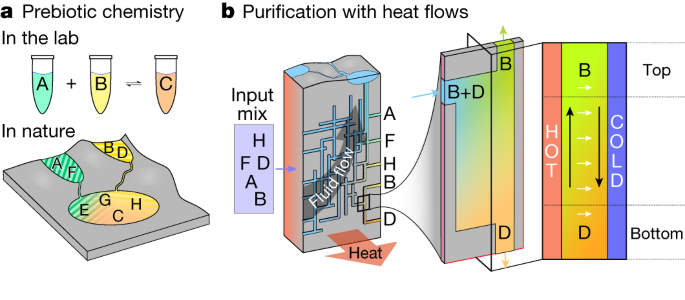2004-04-03 ミュンヘン大学(LMU)
<関連情報>
- https://www.lmu.de/en/newsroom/news-overview/news/self-assembly-of-complex-systems-hexagonal-building-blocks-are-better.html
- https://journals.aps.org/prx/abstract/10.1103/PhysRevX.14.021004
高速かつ効率的な自己組織化プロセスの設計原理 Design Principles for Fast and Efficient Self-Assembly Processes
Florian M. Gartner and Erwin Frey
Physical Review X Published 3 April 2024
DOI:https://doi.org/10.1103/PhysRevX.14.021004
ABSTRACT
Self-assembly is a fundamental concept in biology and of significant interest to nanotechnology. Significant progress has been made in characterizing and controlling the properties of the resulting structures, both experimentally and theoretically. However, much less is known about kinetic constraints and determinants of dynamical properties like time efficiency, although these constraints can become severe limiting factors of self-assembly processes. Here, we investigate how the time efficiency and other dynamical properties of reversible self-assembly depend on the morphology (shape) of the building blocks for systems in which the binding energy between the constituents is large. As paradigmatic examples, we stochastically simulate the self-assembly of constituents with triangular, square, and hexagonal morphology into two-dimensional structures of a specified size. We find that the constituents’ morphology critically determines the assembly time and how it scales with the size of the target structure. Our analysis reveals three key structural parameters defined by the morphology: the nucleation size and attachment order, which describe the effective order of the chemical reactions by which clusters nucleate and grow, respectively, and the growth exponent, which determines how the growth rate of an emerging structure scales with its size. Using this characterization, we formulate an effective theory of the self-assembly kinetics, which we show exhibits an inherent scale invariance. This allows us to identify general scaling laws that describe the minimal assembly time as a function of the size of the target structure. We show how these insights on the kinetics of self-assembly processes can be used to design assembly schemes that could significantly increase the time efficiency and robustness of artificial self-assembly processes.



